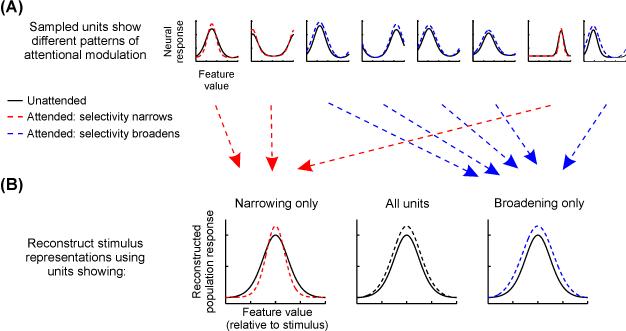Figure 4. Using stimulus reconstructions to exploit and understand the net impact of heterogeneous response modulations.
(A) Attentional modulations of different units are often heterogeneous, reflecting combinations of amplitude increases, baseline changes, and selectivity changes. Thus, even though the mean attentional modulations across units often point in the same direction across studies, there is substantial variability within a given sample of neurons (as shown here in simulated cartoon neural TFs), and any information that is encoded by this variability is usually ignored. (B) When using the inverted encoding model (IEM) technique, which combines across modulations across all constituent units, it is possible to ascertain how different types of unit-level response modulations may contribute to stimulus reconstructions by selecting measurement units post hoc that exhibit one type or another of response modulation (e.g., only bandwidth narrowing or broadening) to compute stimulus reconstructions.

